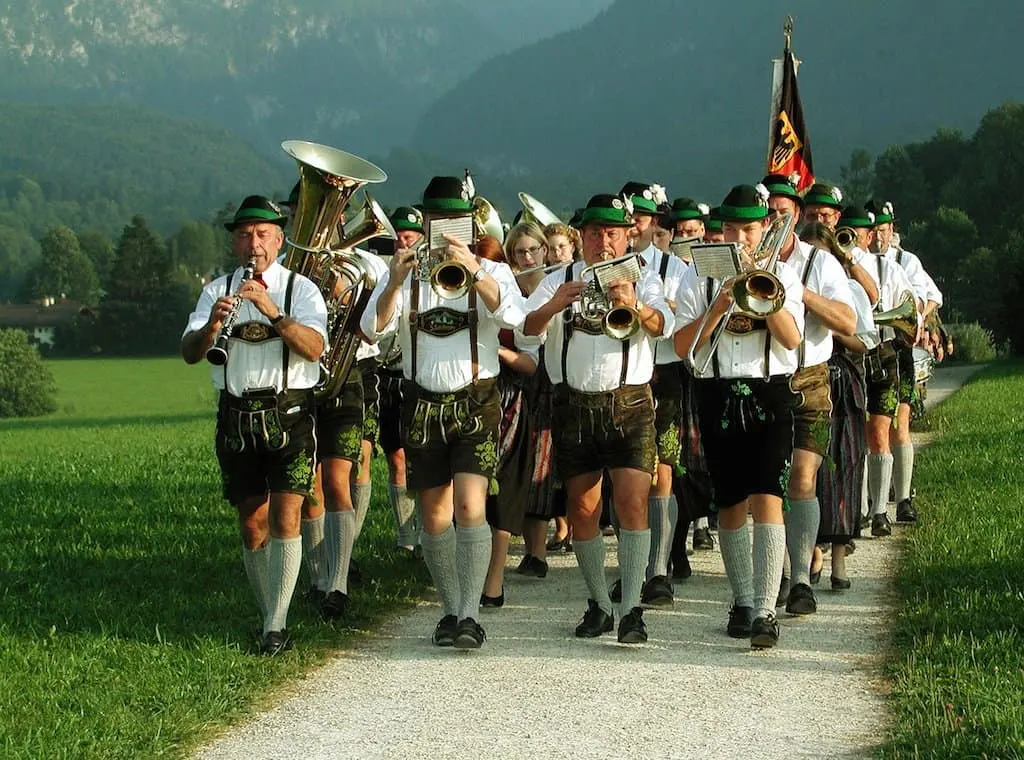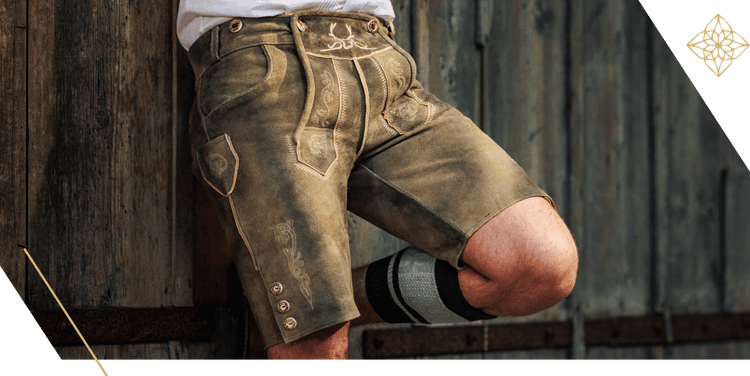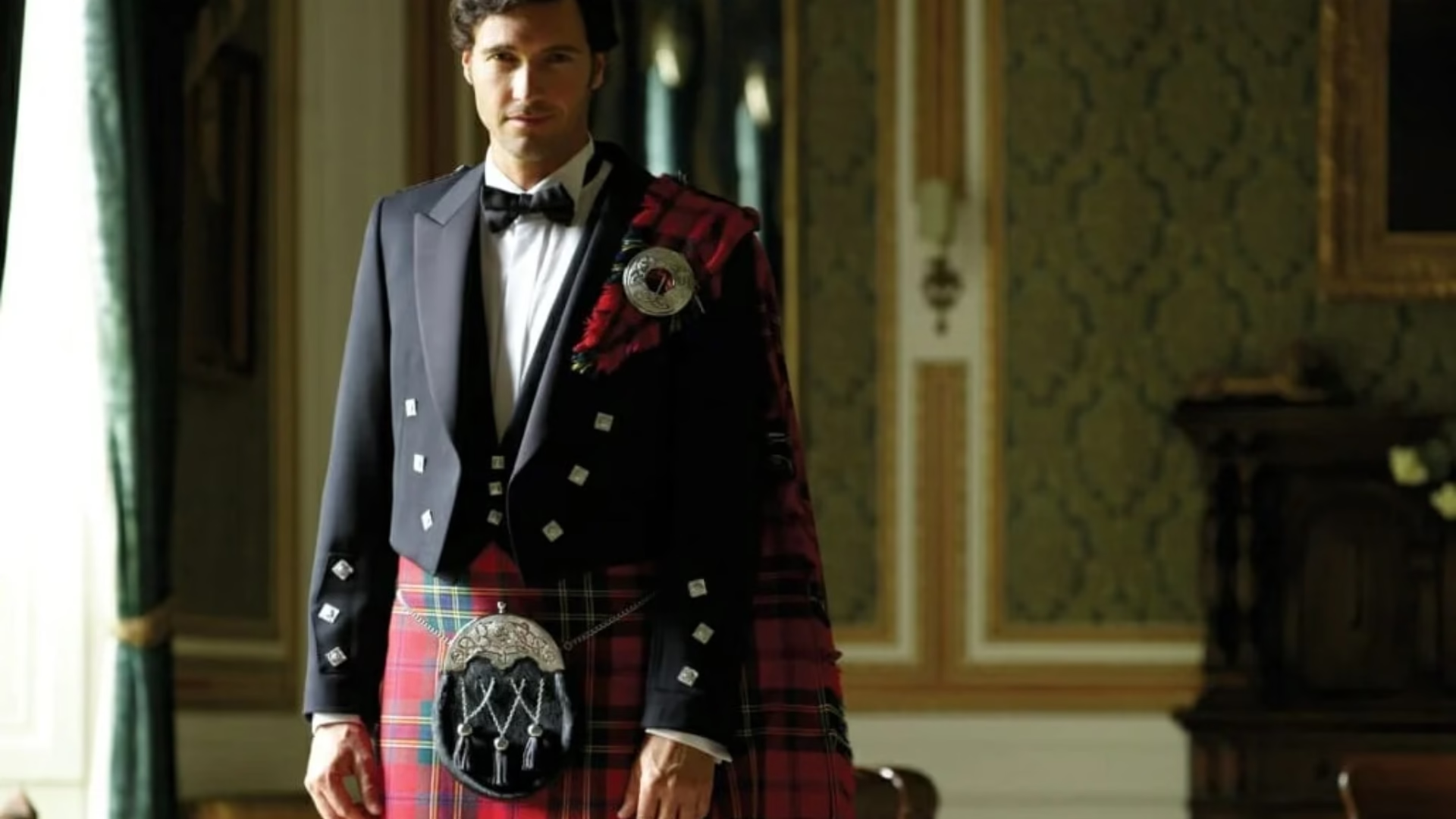Lederhosen (Germany) are more than just a type of clothing; they embody the rich culture and heritage of Germany, especially in the Bavarian region. These leather shorts have become a symbol of pride for many, connecting generations to their ancestry while also adapting to the contemporary fashion landscape. They represent not only a garment but a way of life, filled with joy and community spirit.
Origins and Cultural Significance
The journey of Lederhosen is steeped in history, reflecting both traditional working-class attire and evolving into a cultural icon. Over the centuries, these distinctive garments have transitioned from practical wear into cherished symbols that encapsulate German identity.
From Workwear to Cultural Icon

Lederhosen originated in the 16th century among hunters and farmers in German-speaking regions. By the 18th century, they had become the standard attire for laborers due to the durability of leather. Unlike traditional leather breeches from France and Italy, Lederhosen were shorter, making them ideal for movement in mountainous terrain.
However, their role changed in the late 19th century when a cultural revival movement in Bavaria encouraged the wearing of traditional clothing. This transformation helped Lederhosen transition from practical workwear to a proud symbol of regional identity. Lederhosen became closely associated with Oktoberfest in the early 20th century, as they emerged as a preferred choice for celebrations.
Beyond Bavaria, Lederhosen are also worn in Austria, Switzerland, and South Tyrol (now part of Italy), with slight variations in embroidery and design. Today, wearing Lederhosen is a way for people to celebrate their heritage and maintain a connection to their cultural roots.
Cultural Symbolism and Community Connection

Lederhosen are more than just clothing; they are a symbol of pride, craftsmanship, and tradition. Many pairs feature intricate embroidery, often representing personal stories or regional heritage. Wearing them during festivals and family gatherings reinforces a sense of identity and belonging.
Like the Scottish kilt, Lederhosen serve as a marker of Bavarian pride while also being embraced by people outside the culture. When people from different backgrounds don Lederhosen, it symbolizes an appreciation for cultural diversity and the beauty of sharing traditions. Events like Oktoberfest serve as melting pots, breaking down barriers and fostering cross-cultural connections through clothing.
Lederhosen in Modern Fashion
In recent years, there has been a surge in demand for Lederhosen, not only in Germany but on an international scale. As global interest in German culture continues to grow, so too does the market for these iconic garments.
Expanding Market and Popularity

Websites like Lederhosen Store and Lederhosens have emerged as vital platforms, providing authentic Lederhosen to consumers worldwide. The convenience of online shopping has made it easier for enthusiasts to acquire these traditional garments, catering to diverse tastes and budgets.
This expansion reflects a broader trend where traditional wear finds its niche within modern fashion, appealing to individuals seeking uniqueness and authenticity in their wardrobe choices. The accessibility of these garments encourages new generations to engage with their heritage, even if they may live far from their ancestral roots.
Balancing Tradition and Trends
While leather and traditional designs remain popular, modern adaptations experiment with different colors and patterns to attract younger generations and people from diverse cultural backgrounds. Yet, the commercialization of Lederhosen ignites debates over authenticity—do these modern interpretations dilute its significance, turning a true cultural symbol into mere festival attire?
However, many Bavarians see this global interest as an opportunity to preserve and share their heritage. Visitors wearing Lederhosen at Oktoberfest or cultural events are generally welcomed, as long as they respect the garment’s significance. They believe it allows new audiences to discover and appreciate the rich history behind Lederhosen.
As fashion continues to evolve, many artisans continue to produce handmade Lederhosen using age-old techniques that pay homage to their origins. Preserving this craftsmanship ensures that future generations can appreciate both the beauty and the cultural significance of these garments. Ultimately, the lasting legacy of Lederhosen lies in striking a balance between honoring tradition and embracing modernity
Conclusion

As we delve into the multifaceted world of Lederhosen (Germany), it becomes apparent that these garments symbolize far more than mere clothing. They embody a rich tapestry of history, culture, and social connectivity that resonates across generations and geographic borders.
From their humble beginnings as practical workwear to their status as a fashionable representation of German heritage, Lederhosen continue to evoke deep emotional connections and provoke thoughtful discussions about culture and identity. The ongoing evolution and commercialization challenge us to reflect on the delicate balance between tradition and modernity, urging us to appreciate the vibrancy and significance of these remarkable garments. Ultimately, whether you don them out of cultural pride or fashion sense, Lederhosen represent a living narrative that thrives on community, celebration, and the timeless bond we share with our roots.








